Remote Patient Monitoring
Benefits for Diabetes Care Providers & Patients
Telemedicine is the new normal. The ability of healthcare providers and patients to use different forms of technology for overall health has drastically increased with the expansion of telehealth. For patients with diabetes, this also includes insulin delivery systems, continuous blood sugar monitoring devices, and blood glucose meters. With the rising interest in telehealth visits came the increase in the popularity of remote patient monitoring (RPM).
Why is RPM important?
Patients diagnosed with diabetes spend an average of $16,752 annually on medical expenditures, of which around $9,601 are dedicated to diabetes treatment. The biggest components of these expenses are physician office visits, hospital inpatient care, diabetes supplies, and prescription meds. On average, those diagnosed with diabetes have medical expenses roughly 2.3 times higher than what the expenditures would be if they didn’t have this metabolic condition.
RPM provides drastic benefits for both diabetic patients and their physicians. This patient monitoring system gathers real-time readings, alerts patients if their health has worsened, and minimizes readmissions. For providers, RPM creates more revenue from reimbursements. While decreasing the cost of staffing, overheads, and supplies at the same time. This improves productivity, workflow, and efficiency.
THE BASICS OF REMOTE PATIENT MONITORING
What is Remote Patient Monitoring?
RPM refers to the recording and transmission of patient vital signs, biometrics, and disease-related data to a healthcare provider using communications and information technology. RPM data are disease-specific and typically include measurements like blood glucose levels, blood pressure, heart rate, weight, respiration rate, etc.
Patients can collect data automatically (i.e. by a wearable or implanted device) or manually (i.e. by using a transmission hub and a peripheral device). RPM is a complete healthcare support solution that allows care teams and patients to work together. Both in person and remotely. The data can be viewed daily, which provides better attention to detail and improved diabetes management.
Healthcare experts can recognize any worrying trends or congratulate their patients when they’ve successfully managed their condition. Care teams can schedule RPM telehealth video calls and message their patients using the system. Thanks to an RPM system, managing diabetes becomes easier, more affordable, and more efficient.
Early RPM provides notable advantages for both providers and patients. It can help shift from reactive care – which costs more and is less efficient – toward proactive prevention. This makes the RPM system a practical long-term strategy.
Who can use RPM?
RPM is continuous tracking that can be used for treating both acute and chronic conditions. It enables physicians to keep tabs on patients when in-person care is not possible or the patient needs information in-between clinic visits. This is a practical approach for anyone with ongoing care needs.
These include patients with

Diabetes

Asthma

Heart Conditions

Hypertension

Mental Illness

COVID-19
HOW DOES RPM SUPPORT PATIENTS AND PROVIDERS?

Improves efficiency and outcomes
Data estimates that the number of patients controlled through telemedicine can reach 50.2 million in the next couple of years. Of these, 25.2 million will be using RPM technology, and its use is expected to increase by 38% from 2016 to 2022. In chronic diseases like diabetes, the patient’s condition heavily depends on their ability to follow long-term recommendations and collaborations with a physician.
Patient education remains a focal point for diabetes management. The time saved due to RPM technology improves efficiency. It enhances diabetes treatment and enables providers to devote more time to communication and distance education with the patient. Thus, with a 1% drop in HbA1c levels, type 2 diabetic patients experience cataracts 19% less than others. The odds of heart failure drop by 16%. And the overall risk of neuropathy, diabetic retinopathy, and nephropathy drops by up to 25%.
Reduces hospital readmissions
Based on recent statistics, the 30-day readmission rate for hospitalized diabetes mellitus patients is estimated to be 14.4% to 22.7%. These are much higher rates than those for all hospitalized patients, which is 8.5% to 13.5%. The best way to address the readmission is to find what’s causing it. The RPM system gathers real-time data. This makes it easier to identify potential risk factors and trigger an alert when necessary. When providers receive these alerts, they can address the problem without delay, thus decreasing the patient’s health problems and readmissions.
Better use of staff time
Support and administrative tasks associated with RPM can often be done by junior staff. That includes front office staff and medical assistants. Incorporating an RPM program often frees up valuable time for nurses, which can help them manage their schedules. This provides a better workflow, allowing the healthcare team to focus on their patients and less on administrative tasks. Thus, offering better patient satisfaction, convenience, and comfort.
RPM FOR MANAGING DIABETES
RPM IS AN EXCELLENT ADDITION TO A CGM
Diabetic patients have a 4 times higher risk of heart failure than the general population. A major contributing factor is inadequate diabetes management.
For patients using CGM, the RPM system provides a range of advantages. Remote monitoring technologies and telemedicine have been shown to increase blood sugar control for type 2 and type 1 diabetic patient. Due to the 24/7 data collected by a CGM, healthcare experts using RPM acquire a full picture of their patient’s blood sugar patterns.
By incorporating the data acquired from a CGM, experts and diabetes educators can create a plan that can accommodate the patient’s needs. They can also take into account the patient’s stress level, physical activity, eating habits, and sleeping patterns. This can offer better odds of preventing disease progression or severe complications.
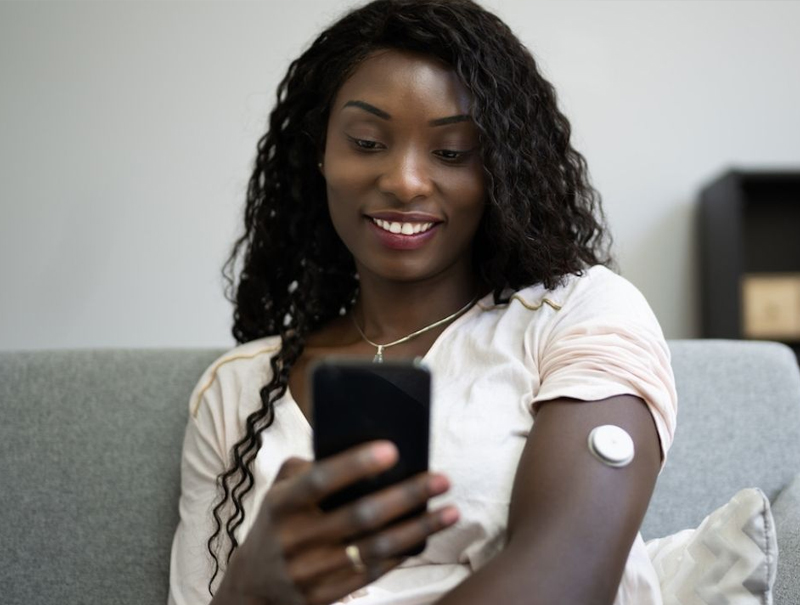

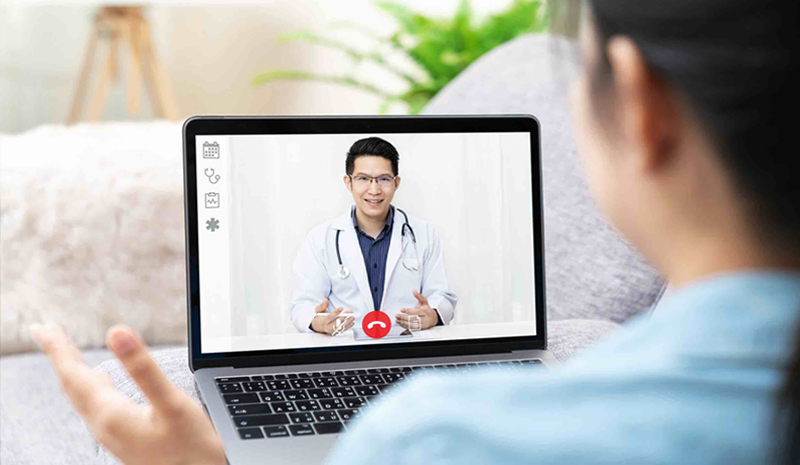
RPM AND MEDICARE REIMBURSEMENT
In early 2019, CMS introduced RPM CPT (current procedural terminology) codes, adding to the pre-existing code 99091. These codes described the reimbursement for RPM for Medicare Patients and offered healthcare experts to be compensated directly for RPM services frequently. Five main Medicare RPM codes exist. The table covers how they are incorporated. These reimbursement estimates are according to the national Medicare rates at the time of the publication.
| Medicare Code | How it’s Used |
|---|---|
| 99091 |
Accumulating and interpreting physiologic dataThis code refers to the collection and interpretation of physiologic data. Such as that offered by a CGM or other devices, predominantly blood pressure cuff or ECG. Appropriate services include those that transmit and/or store data. To use this code, at least 30 min of consultation must be carried out with the patient each billing period. But, this code could be incorporated for reimbursement for a time a doctor or other healthcare expert spends monitoring data that doesn’t need direct patient interaction. Average reimbursement: $59.19 every 30 days |
| 99453 |
Reimbursement of RPM of physiologic parametersThis is a single-use reimbursement that covers initial set-up and offers patient education on using the equipment. Eligible services must be the initial setup of a device for monitoring that’s been suggested by a healthcare expert. Average reimbursement: $19.19 / patient, one-time |
| 99454 |
Leasing devices to patients for at-home useThis code refers to the costs of provisioning and supplying devices used for RPM systems to patients. It can be used for devices that provide at-home monitoring. Such as getting blood pressure readings, weight management, etc. It can be billed once on a monthly period. It also requires that the appropriate device collects data a minimum of 16 days out of that period. Average reimbursement: $63.16 every 30 days |
| 99457 |
Covers the direct monthly costs of RPM systemsThis code covers the costs linked with treatment management and remote physiologic monitoring services. The patient should obtain a minimum of 20 min of medical staff time during that time frame. The conversation can be carried out during a video telehealth call. However, it must be carried out in real-time. The provider won’t necessarily have to be a doctor. Other experts can do the visits. Average reimbursement: $50.94 every 30 days |
| 99458 |
Add-on codeThis reimbursement code can’t be billed alone. Instead, it is used as an additional code that addresses the extra 20-min portion of provider time. Per patient, per calendar month, two extra units of time can be billed. Average reimbursement: $41.17 every calendar month |
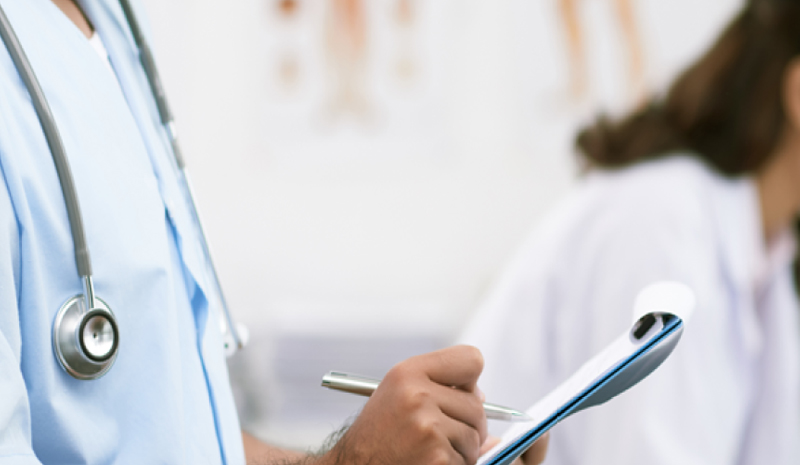
CALCULATING RETURN ON INVESTMENT (ROI): REIMBURSEMENT
WHAT IS THE ROI IN RPM FOR HEALTHCARE EXPERTS?
The global RPM market is estimated to reach $175.2 billion by 2027. With a 26.7% CAGR during the forecast period of 2022 to 2027. Here is what incorporating RPM systems could mean for your healthcare practice from an investment perspective.5
This is a quick overview of reimbursement for one patient taking part in an RPM program.
| Costs | Rate |
|---|---|
| CPT Code 99453 – set up of a device, single reimbursement | Roughly $19.19 |
| CPT code 99454 – 16 days of data | Roughly $64 |
| CPT code 99457 – 20 minutes of care | Roughly $52 |
| CPT code 99458 – Extra 20 minutes of care | Roughly $42 |
The revenue for the first month for a new patient is around $177. That’s about $150 for every following month.
YEARLY ROI
For a healthcare setting with 100 patients taking part in an RPM program:
- 100 patientsx
- $150/month=
- $15,000 monthsx12 =
- $180,000 annual revenue
Because of the low costs that come with RPM systems, you are getting a high-margin revenue.
RPM SYSTEMS: HOW TO GET STARTED?
If an RPM system seems like a suitable option for your business, the steps below can help you set the foundation for a successful practice.
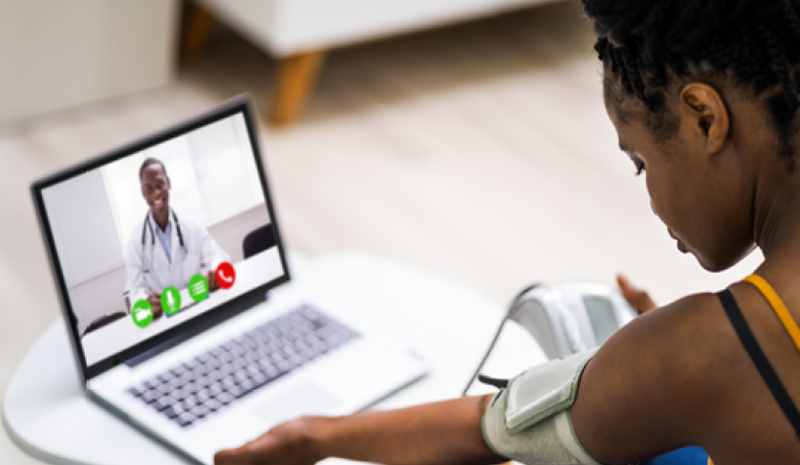
When you use Quest as an RPM platform, we can guide you every step of the way, providing you with the most suitable practices that can accommodate your business.
-
01.Create a strategy: How can the RPM system help your practice achieve your goals? When you take on a systematic approach, you can better plan the stages of your initiative and maximize the efficiency and effectiveness of the program.
-
02.Assign a person to manage the RPM program:For the system to run smoothly, a person should oversee and manage it. This individual should be fully acquainted with your practice and the expertise you offer.
-
03.Train the staff: Each member of the practice should know how to use the RPM system.
-
04.Make sure patients have access to quality and reliable devices: Medical supplies and devices must be effective. When you collaborate with Quest, you get automated shipping of all the necessary CGM supplies. That way the patients have everything they need.
-
05.Create a roster of patients: Find patients that would make a solid fit for the RPM program. That includes individuals with chronic or acute conditions.
-
06.Promote patient engagement: Patients should consistently work toward managing their health state.
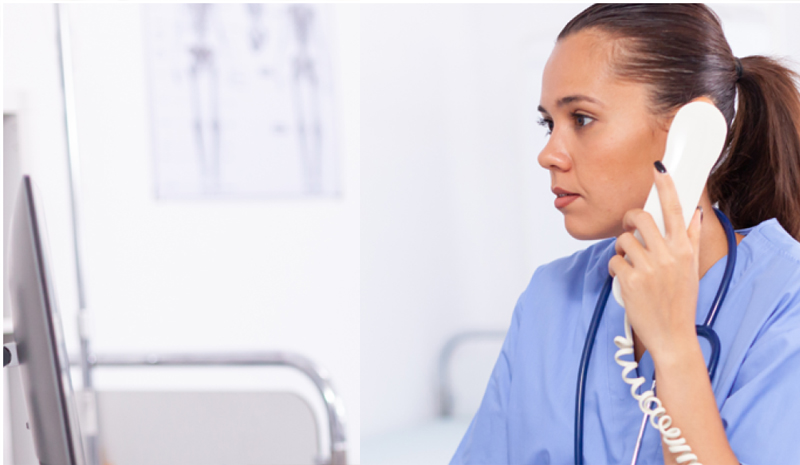
HOW QUEST HEALTH SOLUTIONS CAN SET YOU ON THE RIGHT TRACK
Adding RPM systems is all about supporting the needs of patients and providers. Quest Health Solutions has a top-rated track record for supporting the needs of CGM patients and their healthcare experts. We can help your team get started and use the RPM platform to its full potential.
WE CAN HELP WITH:
- • Answering questions and resolving issues
- • Supporting patients through education, personalized support, and outreach
- • Facilitate shipping and device setup
- • Individualized dashboards for patients and healthcare experts
- • Management alerts in real-time

Improved health outcomes

Better patient satisfaction

Higher participation

More time to manage diabetes
REFERENCES
- https://diabetes.org/about-us/statistics/cost-diabetes
- https://www.ncbi.nlm.nih.gov/pmc/articles/PMC7929874/
- https://www.ncbi.nlm.nih.gov/pmc/articles/PMC7270436/
- https://clindiabetesendo.biomedcentral.com/articles/10.1186/s40842-016-0040-x
- https://www.marketsandmarkets.com/Market-Reports/remote-patient-monitoringmarket-77155492.html


